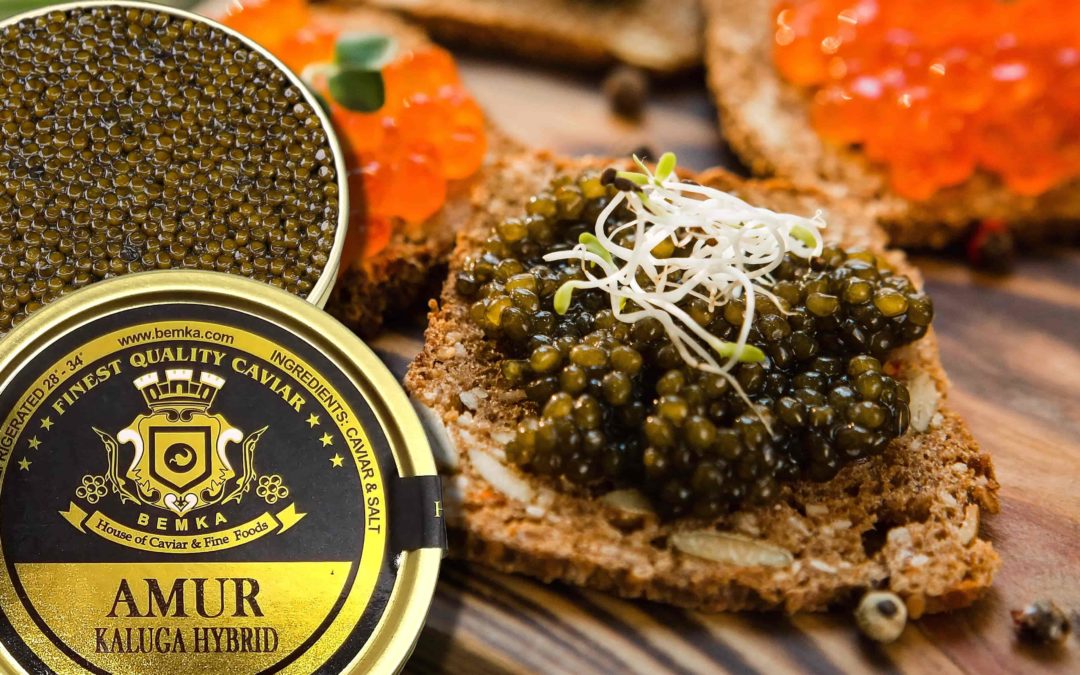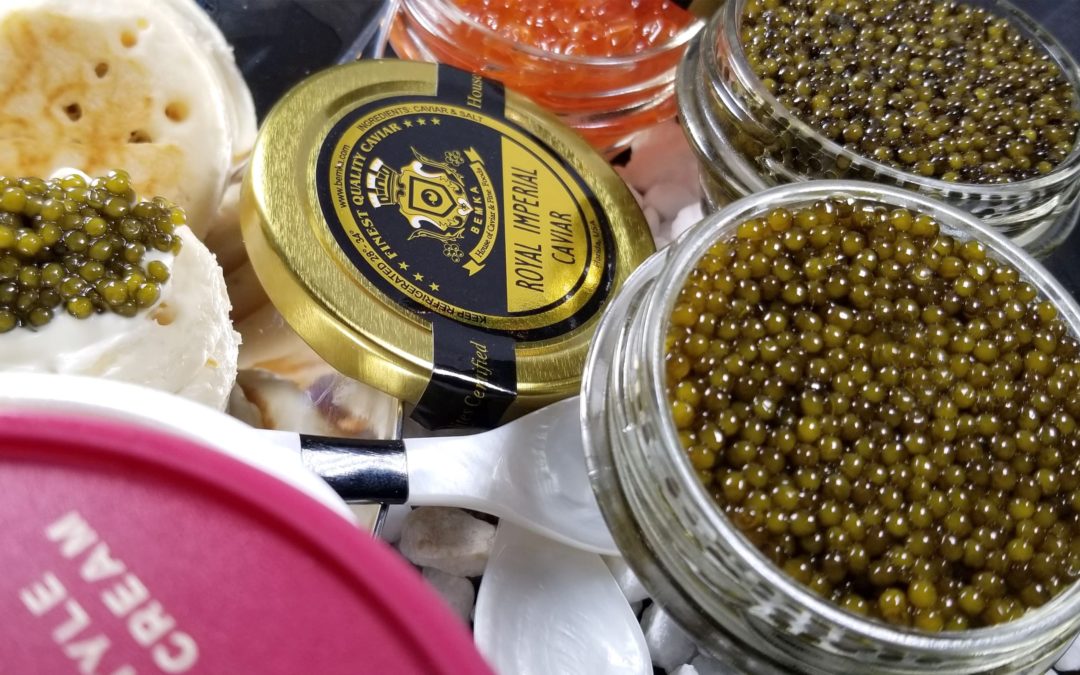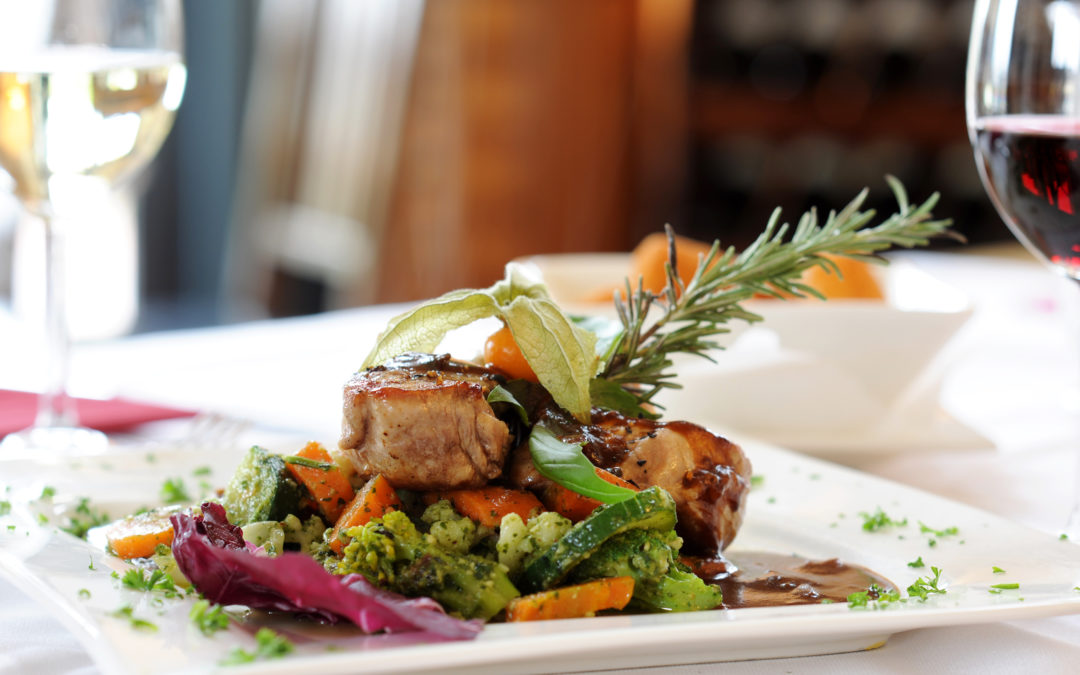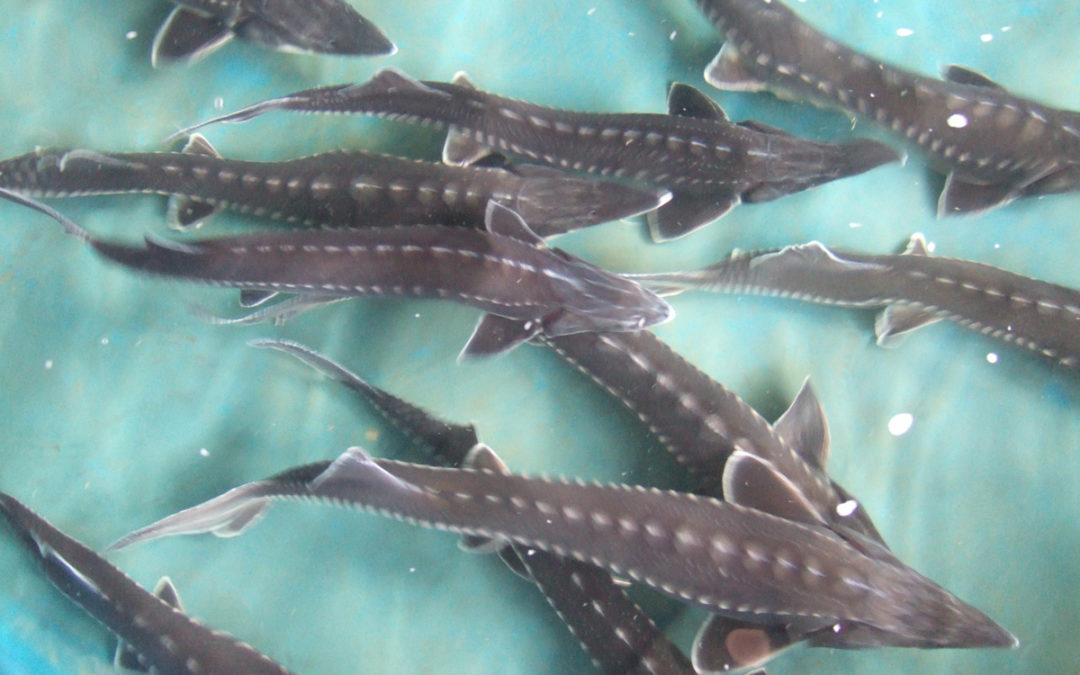
by HOCAFF Team | Sep 28, 2020 | General
A relaxed and spooky date is coming, ideal for those who love to dress up as monsters and ghosts, but what if this time you dress up your home table and prepare a delicious and spooky meal with fine ingredients? Yes, people, Halloween is here.
We know that you may not be ready for Halloween, but it is time for you to prepare for this grand occasion.
Halloween is the best fall party, entertaining, colorful, and of course, spooky. BUA HAHA! And of course, adults also take advantage of this occasion to celebrate and why not? Prepare a spectacular table worthy of this occasion.
Preparing food at home is one of Halloween attractions, how to decorate the table and plates to reflect this carnival of colors and flavors.
We selected for you some recipes on how to incorporate products such as caviar or foie gras in your celebratory dishes on the eve of Halloween.
So let’s start with the recipes:
1.Halloween caviar cookies:

It sounds complicated. However, it is straightforward to prepare.These tortilla chips are the perfect complement to our fresh roe, and the best thing is that they decorate the plate very well. Don’t worry, you don’t have to mix a single ingredient or spend a lot of time preparing it.
You can substitute the roe for any caviar you want. You can use any cookie cutter with figures of ghosts, monsters, or any dummy for Halloween.
Ingredients and supplies:
-
- 2oz Royal Ossetra Caviar.
- 2 oz Salmon roe
- Tortillas
- Melted butter
- Crème Fraiche
- Halloween cookie molds
Buy some of these ingredients in Bemka House Of Caviar.

Preparation:
1.Preheat your oven to 350 degrees and convection bake.
2.Cut the tortillas the number of times you need to complete your meal.
3.Use the melted butter to lightly coat the tortillas.
4.Cook for 5-10 minutes or until golden brown.
5.Once the tortillas have cooled, add a tablespoon of crème Fraiche and carefully place a tablespoon of caviar on top.
Enjoy!
For the second recipe that we will give you today, we will mention the great chef Andre Daguin, a formula that he made famous.
- Foie Gras in a Pumpkin

The most important thing to know is that it must not be exposed during cooking for the flavors to remain in the terrine.
When the pumpkin is wrapped in foil, it is airtight, and no external flavor can mix with the liver. Once the foie gras is consumed, use the cooked pumpkin pulp to make the delicious soup.
Ingredients
- 1 A Fresh Duck Foie Gras, about 1 1/2 lbs, at room temperature, cleaned & deveined. Buy foie gras in Bemka.
- 1 1/2 teaspoons salt
- Freshly ground white pepper
- 1 pumpkin, 3 to 4 lbs, top, seeds,and membranes carefully removed
- 1 cup Banyuls or Tawny Port
Preparation
- Preheat the oven to 275 degrees F.
- Cover a baking sheet with wrinkled aluminum foil so the pumpkin will rest securely flat on it. Place the pumpkin on the foil.
- Season foie gras with salt and pepper. Pour wine into a pumpkin shell and sprinkle with salt and pepper. Place foie gras in pumpkin, the large lobe underneath the smaller lobe. Cover with the pumpkin top, and wrap pumpkin securely in aluminum foil. Bake until the internal temperature of the liver reaches 120 degrees F, about 2 hours. Remove pumpkin from the oven, discard foil, and cool to room temperature. Refrigerate overnight.
- Remove pumpkin from the refrigerator 30 minutes before serving. Serve at the table, using a hot spoon to scoop out foie gras.
- Serve with slices of crusty French bread.
Another recipe that you can prepare for Halloween is Pumpkin Smoked Salmon Sandwiches. They are an excellent option to give it a spooky touch and attract the children’s attention in your home.

You just need to put your creativity to flight. In a matter of minutes, you will have these spectacular sandwiches ready.
If you want to know how to prepare them, we invite you to go to the following link: Halloween!
To finish with the recipes, what if you make one? Meathead with our Iberico ham or one of our Spanish meat.

Prepare this delicious and spooky meal by clicking here.
We invite you to buy the Iberico ham or the smoked salmon online at Bemka House Of Caviar. We are your best ally on all select dates!

by HOCAFF Team | Sep 21, 2020 | General
You are a foodie that’s splashed out on an exceptionally luxurious treat you have already tasted, and you felt its unique and incomparable flavor. Now, you want to know much more about this delicacy. You have come to this blog to find out what caviar is accompanied by to make an exquisite dish and garnish it. Are you ready to find out? What are you waiting to read more in this new blog post?
Caviar is something that should be savored and made the most of. There are tins sold at all price points, containing different varieties, grades, and caviar sizes. Still, with such a revered product, it’s essential to know how to serve it and what to do with it, so you can enjoy it at its best. And while it may sound counter-intuitive, sometimes serving other foods alongside the delicate eggs can help bring out their favorite flavor.
That is why today, we will talk about how to accompany caviar and how to serve it. Welcome to the world of caviar
What do you eat with caviar?
As a very general rule of thumb, you should serve fewer side dishes as your caviar’s quality increases. The finest, most expensive caviar should only be eaten on its own. Still, if you are serving more affordable eggs at an event, other side dishes can enhance its flavor.

Traditionally, caviar is served on top of blinis, which are mini Russian pancakes made from buckwheat.The blinis act as an edible dish that has a discreet flavor. In this way, they are perfect for serving caviar as a canapé.
Another way is to serve it with crackers or crusty pieces of bread that add a nice crunch and allow the caviar flavor to pop.
They can also be served with lightly buttered bread or simple boiled potatoes; this increases the caviar’s flavor.
Other flavors that go well with caviar include chicken or quail eggs, raw onion, and creme fraiche. You can make the eggs and finely chop the onion, then use it to coat the blinis with caviar and a small dollop of creme fraiche.

For its part, lemon does not work with caviar; the lemon juice is too overwhelming and clashes with caviar’s mineral flavor. It is also not fair to add salt or any other seasoning to caviar; it has a natural salty taste.
The smooth, creamy flavors work very well with caviar, which is why egg, creme fraiche, and blinis make a great side dish.
Besides, caviar is perfect for covering hot dishes such as pasta (a ravioli is a good option), risotto soups, and even sauces. Caviar cannot be cooked as its texture and flavor are destroyed. However, it can be served on an already cooked dish. Cheaper caviar-like colorful salmon roe and tobiko roe allow you to get creative without spending a fortune and are especially suitable for homemade sushi or as a side dish.

It is important to note that many chefs make lovely dishes with caviar. For example, Simon Hulstone serves him with a roll of scallops and prawns with a cauliflower puree. At the same time, Marcus Wareing prepares a luxurious starter of Burrata salad, peas, grapefruit, caviar, and leeks. Many Chef Hideki Hiwatashi’s recipes use caviar as a garnish on raw fish dishes. At the same time, Kevin Mangeolles combines caviar with vegetables and dairy like organic carrots cooked in goat serum.
How to serve Caviar?

The most important rule is never to put metal utensils near the eggs; the metallic taste seriously affects the pure and salty taste of caviar. It will destroy the palate’s subtleties, which is why the metal cans that caviar comes in are lined with plastic to take care of their taste. It is better to use a special caviar spoon, made of bone, plastic, or Mother of pearl.
Caviar should also be served cold, so it is best to keep it refrigerated and decant it into a cold container, preferably filled over ice. You will feel its refreshing flavors, which almost clean the palate, and will make you enjoy your precious delicacy in the best way.

Do not spread or crush the caviar; you will break the eggs’ delicate skin and destroy the texture. One of the highlights of tasting caviar is letting each egg roll onto your palate. And then pop when you bite into it, so use the spoon carefully when serving caviar.
True caviar gourmets believe that the best way to eat and serve fish eggs is without additives, just caviar, and that’s it. They think that only then nothing can prevent you from feeling this highly appreciated flavor.
Now, having all the necessary information to serve this delicacy, you can buy a delicious jar of caviar at the House of Caviar. Do not forget to present the caviar properly to your guests and enjoy a delicious meal.

by HOCAFF Team | Sep 9, 2020 | General
Have you heard of many caviar types, and you don’t know which one to choose for a meal or special occasion? If you read this blog post, we guarantee that you will know which one to try and which dishes to include it in after this.
How to choose caviar? We know you’ve come this far to find out. This delicious delicacy should be selected according to the size of the grains, color, texture, and flavor.Each species develops its characteristics. Each species of caviar follows a maturation and a selection that gives it a unique aroma. That is why each caviar box is unique, just as we know that the opportunity to try it does not come every day. This blog post will talk about some caviar types and what dishes to include it in.

The first type of caviar we want to talk to you about is Paddlefish caviar. This caviar has medium-sized grains with dark to light gray eggs. It is derived from the Polyodon Spathula fish, which is not a species of sturgeon.
The paddlefish is considered a Caspian Sevruga cousin, as it is comparable in taste, color, and size to that of the Caspian Sevruga caviar. Paddlefish are very popular with chefs and Epicureans. It is usually served on canapes or blinis with fresh cream, or even as a garnish.
If you want to include this delicacy in a canape for an impressive entry, we will tell you how:
We can present the caviar on a crunchy whole-wheat toast or puff pastry spread with butter or Crème fraîche to emphasize simplicity and give importance to the caviar. We can opt for more elaborate variations accompanying the caviar with salmon or smoked cod, avocado, hummus, prawns, or crab mince.
Now let’s continue with tobiko black caviar; what is this? This colorful little caviar comes from flying fish roe. You’ll usually find it festively decorating your sushi, maki and nigiri. Although the right color of tobiko caviar is bright orange, this black Tobiko has been naturally dyed with squid ink to give it a spectacular appearance. Use it to roll authentic sushi at home or to decorate appetizers and hors d’oeuvres.
You can use the Tobiko to taste fabulous meals at home for special occasions, such as homemade sushi or a creamy omelet.

Suppose you are going to prepare the tortilla with Tobiko. In that case, we want to tell you that it is a beautiful and delicious recipe for you to offer to your friends. The formula is an omelet, with onion, fish roe, and sauce and seasonings – ideal for an excellent breakfast!

To finish, we want to tell you about caviar that you should undoubtedly choose for any special event, Royal Imperial Kaluga. This golden caviar, of the Acipenser Dauricus and Acipenser Schrenckii species, is raised on a farm on China’s Qiandao Lake. Our Royal Imperial, with its giant eggs, is light brown to golden in color and has a firm texture with a creamy, buttery finish. What are you waiting to try?
We give you a tip before we leave so that you can prepare an exquisite dish for that brunch you want so much:

Any meat will serve to include caviar on the plate. We can use red or white meat, although, with this accompaniment, we recommend opting for the first option: beef, pork, veal, ox.Once we have chosen the dish’s base raw material, we only have to cook a sauce or side consisting of caviar to complete the recipe. Any ideas:
1 .beef chop with red fruit sauce and caviar
With the cutlet cooked on the grill traditionally, we create a sweet accompaniment with red fruit sauce and caviar roe placed on top.
2.Pork tenderloin stuffed with boletus and caviar
Before cooking the sirloin, it is filled with boletus, caviar or any other product that we want to include in the recipe. Once it is ready, it is closed and rolled so that it is well attached with a kitchen string. Ready, baked, and at the table.
We hope that everything we tell you in this blog helps you know what type of caviar to choose for a special occasion and what sumptuous dishes you can prepare from home or order in a restaurant.
If you want to know more about the world of caviar, we invite you to visit our House of Caviar page; we believe that you will love everything we have there for you.

by HOCAFF Team | Aug 21, 2020 | General
Many connoisseurs of food will do whatever it takes to get their hands on the most exotic, delicious, and extravagant dishes, even if it means paying a small fortune. Some of the most luxurious meals are divine creations of the best chefs. Other foods are on the list only because of their rarity and demand. In this blog post, you will know five fine foods that you should try at some point in your life.

1.Of course, let’s start talking about caviar, our preference. Beluga Caviar is one of the finest dishes in the world, costing up to $5,000 per kilogram. Caviar is fish roe (eggs), and this particular brand comes from the Beluga Sturgeon, found mostly in the Caspian sea. It can take up to 20 years for a Beluga Sturgeon to reach its maximum size, and it can weigh up to 2 tonnes. The eggs are the largest of the fish eggs used for caviar. Beluga usually ranges from purple to black, the palest being the most expensive. Beluga caviar is generally served on its own on small pieces of toast as it needs no additions of flavor to improve it. If you have not experienced eating caviar when you bite down, each egg pops and releases a slightly salty-fishy flavor.

2.Another delicacy that you should try is the duck meat. There is a variety of meats that this animal can provide and give an elegant dish to your palate — for example, the Confit, which is the duck legs, this meat is fibrous. It is simmered by moistening it with the duck’s fat, which is bought separately and gives it a smoother texture. The Confit can be purchased canned or prepared at home, marinated very well with potatoes and garlic, with applesauce and figs, and with fruit sauces (also with jams). It is a fat and caloric preparation that contains sugars, so it should be consumed in moderation.
Other parts of the duck that you should prepare or order in some luxury restaurants are duck salami, fresh duck legs, duck sausages. If you eat some dishes with this meat, you will not regret it.

3.Now talk about Spanish meat. Iberico Ham is a type of cured ham produced in Spain and Portugal, the most excellent Iberico ham is from free-range pigs that have a diet of only acorns during the last period of their life.The classification of Iberico ham is rigorous. It has ‘black label’ ham considered to be the very best – produced from pure-bred Iberian pigs, roaming oak forests and feasting on acorns. On top of that, the ham is cured for a long 36 months! According to the Guinness World Records, the most expensive leg of ham commercially available is an Iberian ‘Manchado de Jabugo’, retailing at a whopping £3,192.76 (as of 20 March 2016).Although the pigs are reared for just three years, the ham legs are cured for up to six!

4.Another gourmet meat that should try is the Grass-Fed Beef Tenderloin. Loaded with that intense, rich flavor that only pure, 100% grass-fed beef can deliver, Sourced from cattle reared on grasses in the rugged, pristine wilderness, this is healthy cattle that are humanely and sustainably raised.
A long, narrow muscle from high up inside the beef loin, this is the most tender cut of them all, and perfect for all sorts of recipes – roast or grill it whole, served cut against the grain, or cut into individual steaks to sear or grill. This lean cut benefits from high-heat quick cooking to medium-rare – any more will be overkill. For the finest dishes, roast this beef tenderloin steak with bacon wrapped around it. You will melt from the flavor.

5.Finally, we want to tell you about a spice that is undoubtedly unique in the world of cooking. Saffron is easily the most expensive spice in the world. Harvesting Saffron is very particular — each strand must be handpicked, and it takes thousands to supply an ounce. There are many uses for Saffron from flavoring delicate dishes to coloring vibrant foods. Top chefs around the world love getting their hands on this spice to give their meals extra character.
If your rice is luminous yellow, then the chances are to share a saucepan with Saffron. The spice, nicknamed ‘Red Gold,’ is the vivid crimson stigma (or threads) from a crocus flower, and it’s used as a coloring agent in food. Why does something so small cost so much? It is a weight for weight, more expensive than gold itself. The reasons are simple: Saffron crocuses only flower for a week or two a year in the autumn; harvesting the spice is labor-intensive (it’s collected and processed by hand).
Each small flower has only three stigmas, which means it takes around two football pitches of crocuses to create a kilogram of Saffron. That’s as many as 300,000 flowers!
Would you dare to try it and give your meals a luxurious touch?
Now that you know the five best dishes you should try in life, what is the next step? Of course, it is to try them. At House of caviar, we have some of these dishes that you should try.

by HOCAFF Team | Mar 29, 2018 | General
We personally investigate our sources in tandem with the Marine Stewardship Council and the Conference on Trade in Endangered Species to certify our sources and the chain of custody.
Today there are 20 countries producing “farm raised” caviar. Bemka House of Caviar and Fine Foods has sourced and tested production from over 80% of these countries.
By offering an alternative to the caviar harvested from wild Sturgeon and indoor chemically treated international farms, we can alleviate the demand for imported caviars thereby ensuring an abundant and consistent supply of caviar from around the world for generations to come. Equally important for us, and for the survival of wild Sturgeon, is to educate our consumers on the importance of choosing sustainable caviar.
We are already seeing how top chefs and gourmet aficionados are switching their loyalty from Caspian caviar to California farmed Sturgeon caviar, thus embracing and supporting this crucial movement. The more successful we are in educating our consumers, the more we can help change the paradigm for how America’s professional and amateur chefs perceive and eat caviar.

by HOCAFF Team | Oct 24, 2017 | General
Each original tin holds the eggs of an individual sturgeon. Caviar should never be “blended” or mixed with different fish. With the advent of aquaculture, a harvesting group of caviar-bearing sturgeon is almost always of the same age, size, & stock. They are also raised in the same conditions (water quality, temperature, etc.) and on the same diet. Biology, of course, can still play a part and make a unique “batch” per individual fish. Part of the initial grading process is to evaluate the quality and consistency of the original delivery. Rich will factor into account the size of the caviar grains (medium to large size) along with the color of the eggs, from light to dark.
By sampling the product, we are evaluating multiple factors – foremost the richness of flavor. Caviar – especially that of the Osetra sturgeon – should have a fresh, almost nutty flavor – and should be briny without being powerfully salty (“malossol” – Russian for “little salt” – is a common term used and is often on the caviar label itself.) The pleasing flavor needs to be equally offset by a firmness of egg texture – or the “pop” on the roof of the mouth – that is a traditional benchmark of superior caviar. Finally, the finish is evaluated on the palate – it should be creamy and flavorful, not bitter or “fishy.” All these factors play into the assessment of the quality grade assigned to the caviar.

























